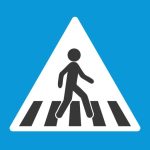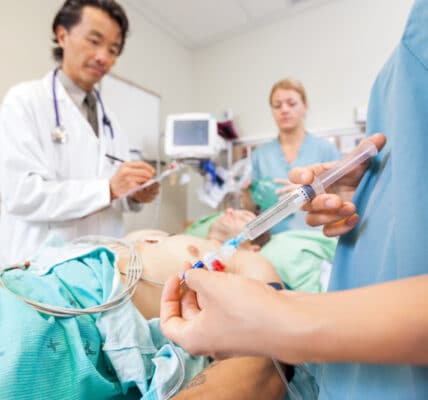Buprenorphine As an Emergency Treatment for Opioid Overdose

It happens hundreds of times in America every day: emergency medical personnel administer naloxone to someone who has overdosed on opioids. That’s often the end of the medical care rendered. Referrals to treatment programs are usually ignored.
What happens, though, if in addition to lifesaving naloxone (Narcan) the person suffering from opioid use disorder is offered buprenorphine? Also prescribed under the name Suboxone, which is a combination of buprenorphine and naloxone, buprenorphine is used to ease the symptoms of withdrawal from opioid addiction.
In an article for Trends in Pharmacological Science, three researchers at the Institute for Drug and Alcohol Studies at Virginia Commonwealth University wrote, “It is our opinion that the use of buprenorphine in the emergency department after opioid overdose may lead to better treatment retention and lower risk of repeat overdose.”
Overdose patients are usually treated on the scene or in the emergency room with naloxone, which can restore breathing in as little as two minutes. However, the naloxone causes symptoms of withdrawal in the overdose patient, often severe abdominal cramps. Upon discharge, patients often immediately seek out opioids to lessen the symptoms of withdrawal and may be back in the emergency room hours later.
An alternative approach is to immediately treat the recovering overdose patient with buprenorphine, which lessens the withdrawal pains and, not surprisingly, makes patients more agreeable about entering a treatment program.
The Seattle Fire Department has begun a pilot program to train and equip paramedics to administer buprenorphine in the field. “Research has found that administering this medication, after a non-fatal overdose, reduces the risk of another overdose by 50%,” Seattle Mayor Bruce Harrell told FOX 13 Seattle. Seattle is averaging nearly 15 overdose emergencies each day, up from less than five a day only three years ago.
In an article for The New York Times, reporter Abby Goodnough explains how making buprenorphine available in emergency departments for use when patients arrive with symptoms of withdrawal has many positive impacts. For example, if someone is trying to withdraw from opioid use, it is a lot safer for them to go to the emergency room and get a shot of buprenorphine than it is for them to give up and seek out drugs on the street. With the buprenorphine, they stand a better chance of successfully withdrawing. Also, with lower symptoms, they are more likely to enter a treatment program. According to Goodnough:
A 2015 study out of Yale-New Haven Hospital found that addicted patients who were given buprenorphine in the emergency room were twice as likely to be in treatment a month later as those who were simply handed an informational pamphlet with phone numbers.
By empowering emergency care providers with the training and supplies needed to administer buprenorphine, cities overwhelmed with opioid abuse will be able to help many withdrawing sufferers to continue withdrawing without relapsing, and they will be in a much better position to refer overdose patients to treatment programs and administer buprenorphine until they are accepted into a program.
The evidence is in: Providing buprenorphine to those suffering from opioid use disorder immediately after recovery from overdose and before acceptance into a treatment program is a money saver and a lifesaver.
Written by Steve O’Keefe. First published March 21, 2024.
Sources:
“Utilizing Buprenorphine in the Emergency Department after Overdose,” Trends in Pharmacological Science, January 2020.
“Seattle EMTs administer new drug to curb opioid addiction in pilot program,” FOX 13 Seattle, March 12, 2024.
“This E.R. Treats Opioid Addiction on Demand. That’s Very Rare.” The New York Times, August 18, 2018.
Image used under Creative Commons 3.0 license.




